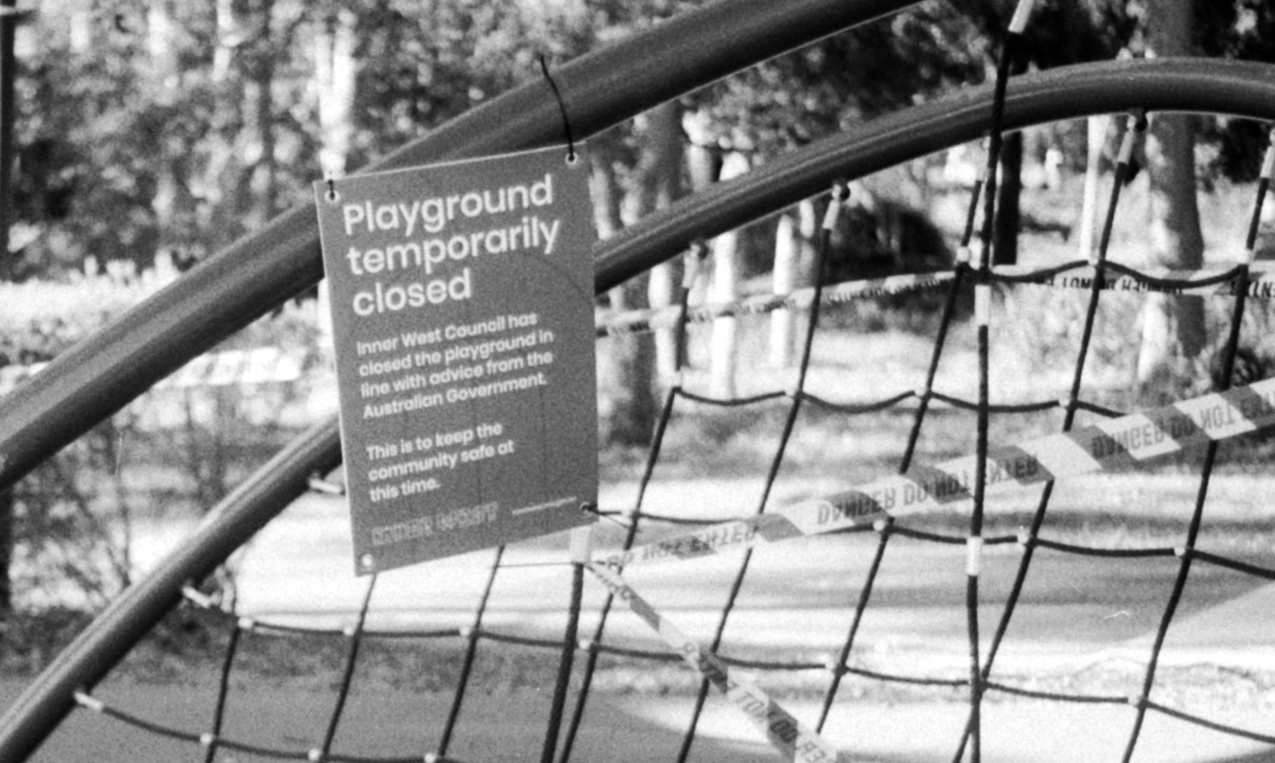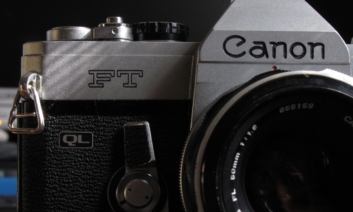Category: General
-

Light Matters Gallery
I’ve been working on something new: the Light Matters Gallery! The gallery contains a selection of photos that I have taken on various analogue cameras and films. There are several collections based loosely on subject themes. Details of the camera and film used are below each photo, for those who are interested in such things.…
-

Light and Shadow
When you have kids, life changes. You expect this, of course, but you may still be surprised at just how much. You wouldn’t want life to be any other way, but the things that make up your life have to make room for all of the new things you have to do and the times…
-

Pandemic Photography
It’s been a bit of a weird time, hasn’t it? This might be as good a time as any for me to reflect back on the last three years (how has it been that long?) of life being nothing like we expected. At the start of 2020, Australia was about half way through one of…
-

Site Move
Astute readers may notice that Light Matters has relocated! The new address moves it away from being a subdomain of another of my sites which is completely unrelated to photography. The new address is also completely unrelated to photography, but is related to me, so that’s close enough. Hopefully, I’ll get back to writing and…
-
Hello world!
This blog is going to detail my adventures with cameras. I have a few interests in photography: Instagram: https://www.instagram.com/hartacus/ Flickr: https://www.flickr.com/photos/55709181@N07/ Thanks for reading!
